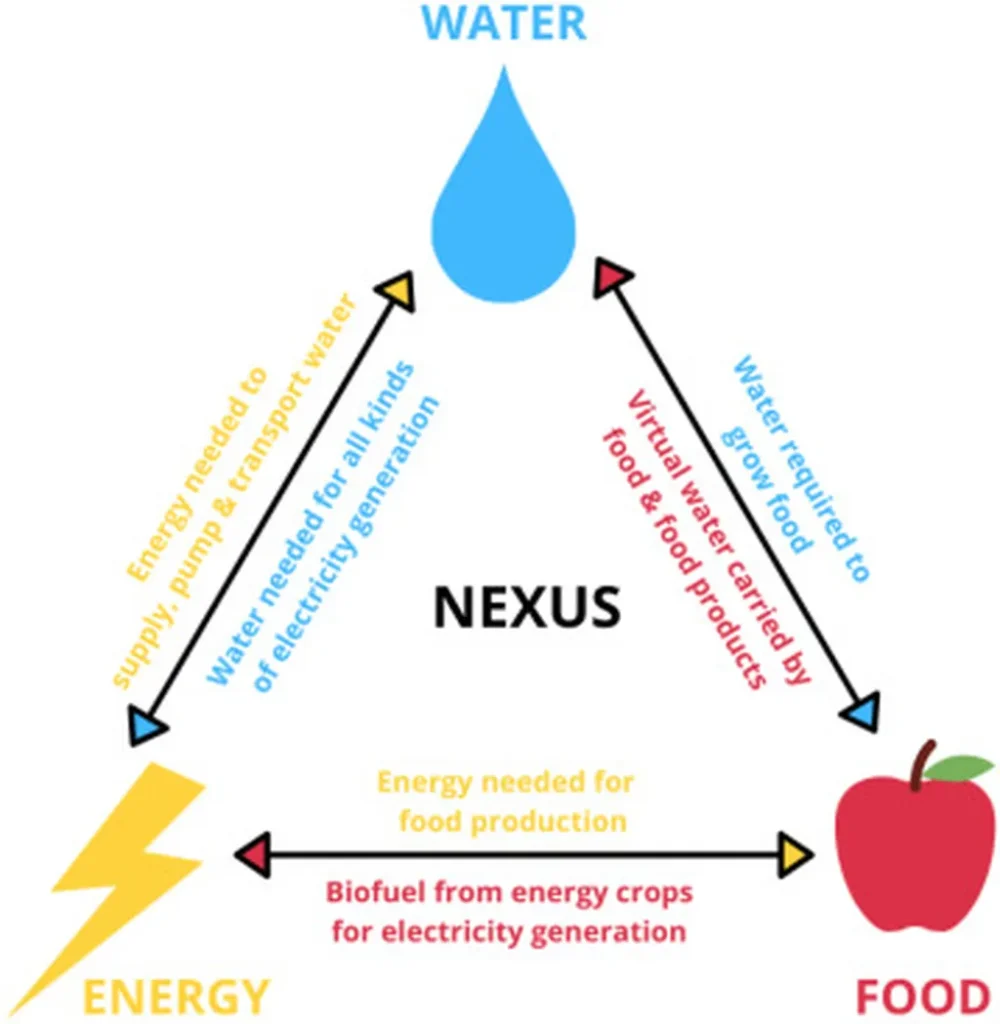In the heart of Iran’s Zayandehrud Basin, a groundbreaking study is reshaping how we understand the delicate balance between water, energy, and food production. Led by Soheila Zarei from the University of Tehran’s Department of Irrigation & Reclamation Engineering, this research presents a sophisticated model that could revolutionize water resource management in water-scarce regions worldwide.
The study, published in the journal *Scientific Reports* (known in English as *Nature Scientific Reports*), introduces an integrated modeling framework that combines System Dynamics (SD) and Agent-Based (AB) modeling. This powerful tool simulates the complex interactions among energy consumption, water supply, agricultural yield, and economic outcomes. “Our model is designed to facilitate sustainable water supply by optimizing water allocation,” Zarei explains. “It’s a comprehensive approach that considers multiple objectives and trade-offs.”
At the core of this research is the use of the Non-dominated Sorting Genetic Algorithm II (NSGA-II) for multi-objective evolutionary optimization. This algorithm resolves the intricate trade-offs between energy use, groundwater utilization, and agricultural benefits. Water allocation to different crops serves as decision variables, while the groundwater level is treated as a state variable. The solutions are then ranked using the Analytic Hierarchy Process (AHP), considering factors like environmental sustainability, water availability, and cost-effectiveness.
The implications for the energy sector are significant. By optimizing water allocation, the model can reduce energy demand by nearly 24%. “This is a game-changer for energy-intensive water pumping and treatment processes,” says Zarei. “Efficient water use directly translates to lower energy consumption, which is crucial for both economic and environmental sustainability.”
The study’s findings are compelling. Compared to the business-as-usual scenario, the optimal allocation schemes proposed by the model can cut water use by 13.1%, increase the average groundwater level by 1 meter, and enhance environmental water allocation by 355%. However, there is a trade-off: net agricultural benefits decrease by 22.4%. “This highlights the delicate balance between economic returns and long-term sustainability,” Zarei notes. “Our model provides a decision-support tool that can help policymakers navigate these complex trade-offs.”
The research framework applied to the Zayandehrud Basin demonstrates the potential for widespread application in other water-scarce regions. “This methodology offers strong policy implications and can be extended to various socio-environmental situations globally,” Zarei explains. “It’s a step towards more sustainable and resilient water resource planning.”
As the world grapples with the challenges of climate change and resource scarcity, this research offers a beacon of hope. By integrating advanced modeling techniques and multi-objective optimization, it provides a robust tool for achieving sustainable water, energy, and food security. The study’s findings not only shape future developments in the field but also underscore the importance of interdisciplinary approaches in addressing global challenges.

